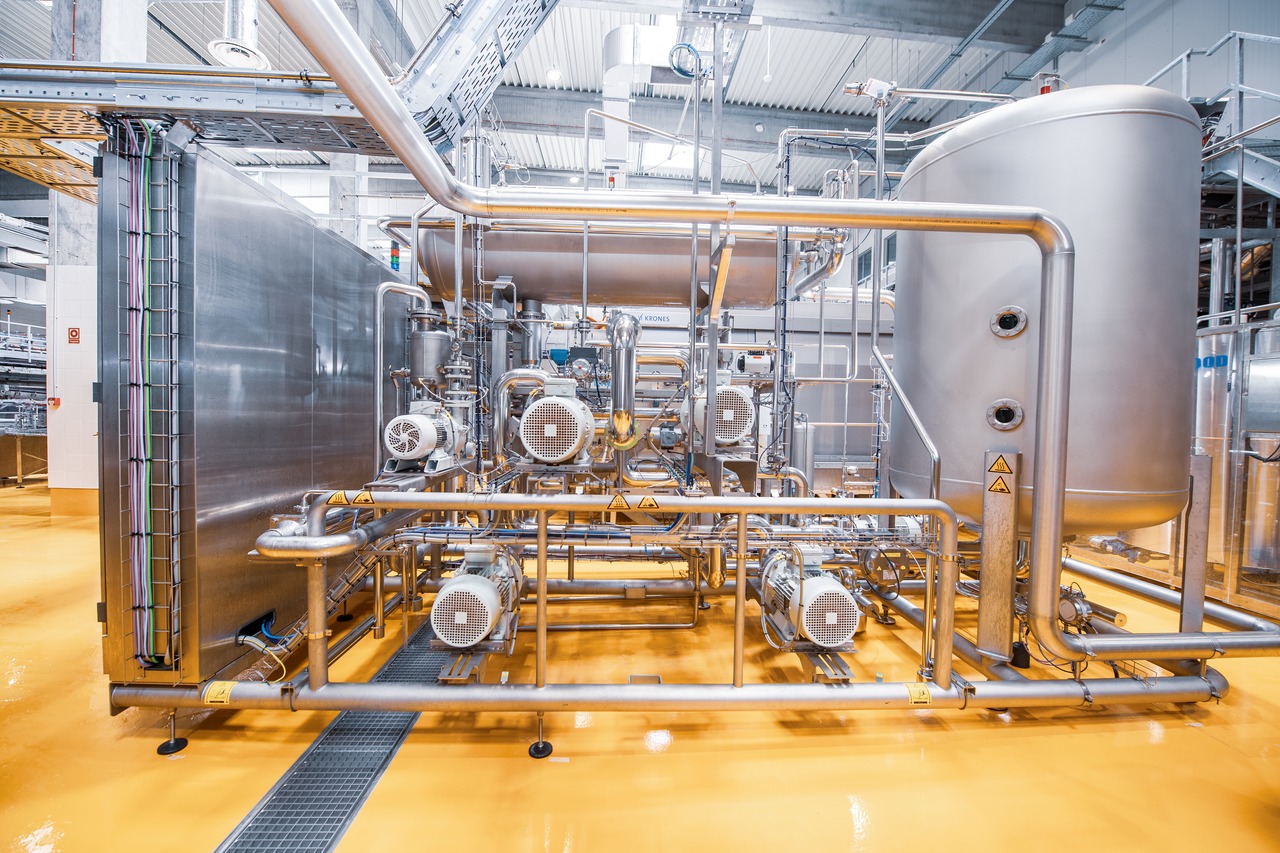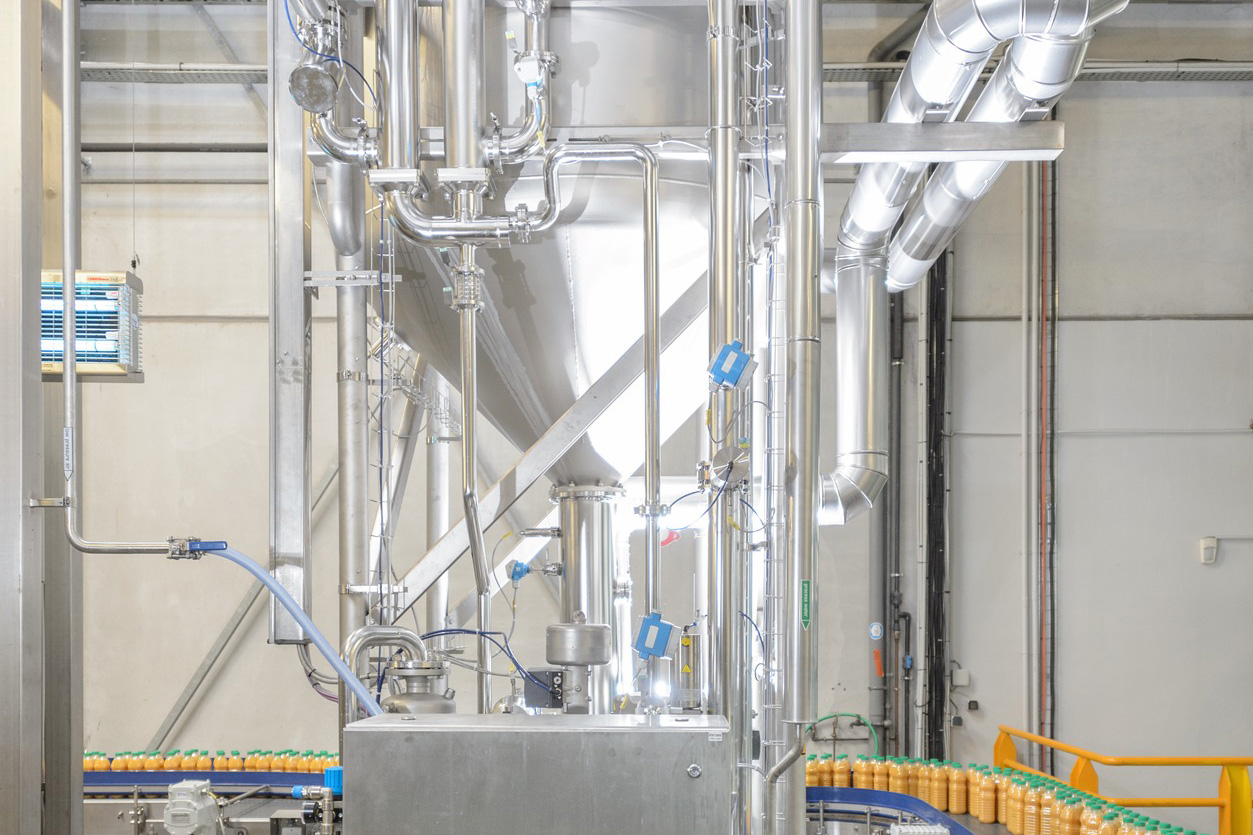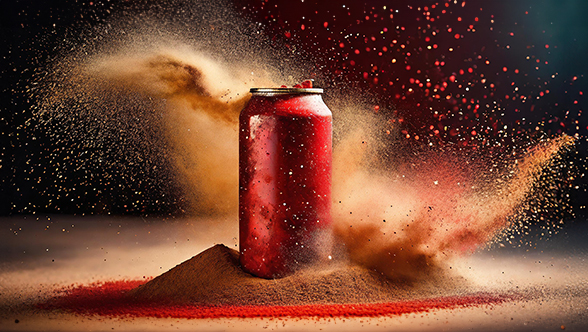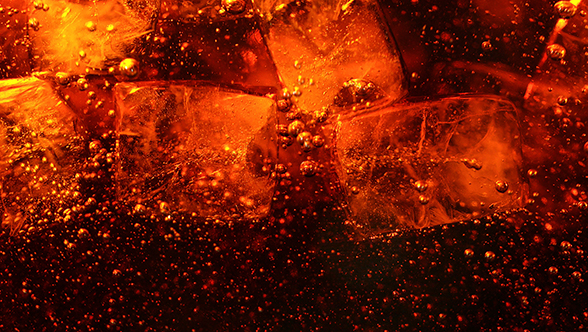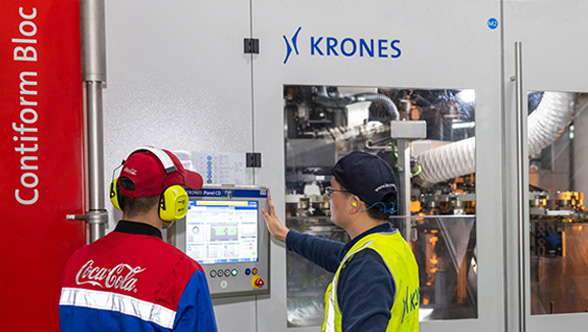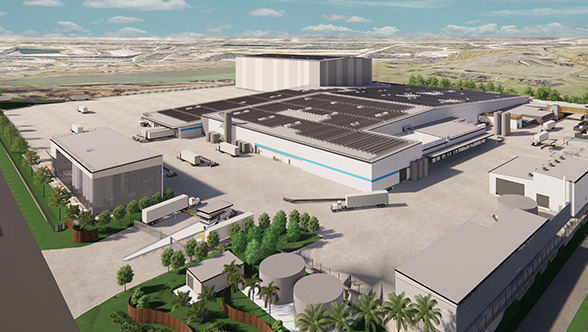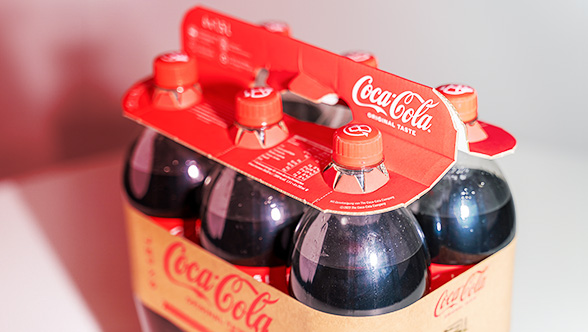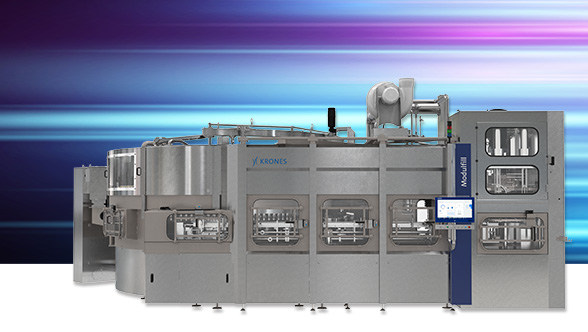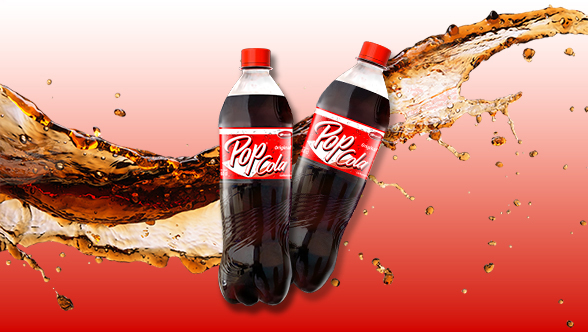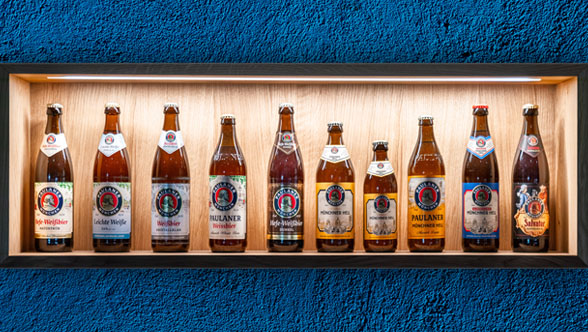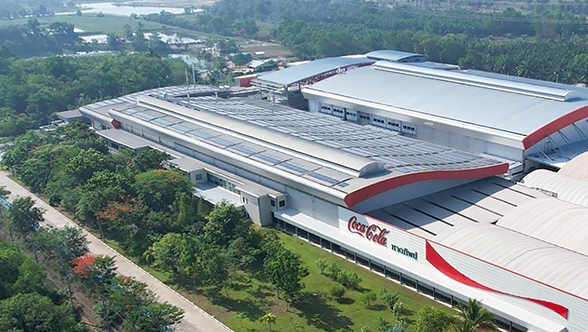Particular care must be taken when producing sensitive beverages. Exposure to even small amounts of oxygen can result in oxidation, which can in turn have disastrous consequences for the beverage. Product discoloration and the destruction of valuable vitamins and antioxidants are undesirable effects that must be avoided at all costs. Thus, removing oxygen – especially in the case of ascorbic acid that is often added upstream – has direct economic benefits.
Makers of premium-quality beverages know what a threat oxidation poses to valuable constituents in their products. Preserving these components, which include vitamins such as Vitamin C (ascorbic acid), is therefore a key objective. One way to accomplish that is to reliably remove excess gases from the product. But precise knowledge of the thermodynamics behind the process is essential to achieving an optimal outcome.
Example: oxidation and Vitamin C
In the case of Vitamin C, for example, free oxygen radicals trigger a spontaneous and irreversible hydrolysis of the dehydroascorbic acid to form diketogulonic acid – and the vitamin is destroyed. It takes only a single gram of oxygen (by molar weight) to oxidize 11 milligrams of ascorbic acid.
Top priority: Reduce the amount of air in the product
To prevent such changes as much as possible, it is essential to reduce the amount of air in the beverage during production. There are a number of technologies available for this, depending on the process involved.
- When dissolving powders, it is important to reduce the amount of air entrained to the greatest extent possible and economically reasonable. When mixing CSDs, deoxygenated (deaerated) water should be used. Deaeration can either be done centrally across multiple production lines or be integrated into each line, if a separate mixer (such as our Contiflow) is installed for each line. Decentralized deaeration offers the advantages of increased flexibility and production reliability.
- When producing sensitive beverages, another important parameter comes into play: pasteurization temperature. The higher this process temperature, the faster oxygen will react with product constituents and thus affect the finished product. Therefore, a deaerator (such as our VarioSpin) will often be integrated into the flash pasteurization process.
However, many beverage makers are skeptical of deaeration because they fear it might result in a loss of flavor. But if you understand the thermodynamics behind the process, you can control it accordingly and improve product quality. I’ll explain the details below.
Deaerating with care
The process of deaeration is based on creating a vacuum. Any dissolved volatile components are reduced by way of the resulting partial pressure differential. However, because products contain not only volatile gases but also volatile aromas that are essential to product quality, particular care must be taken with this process step.
In the vacuum process, the operating point (pressure) is brought close to the boiling point – depending on the desired deaeration effect and the product’s foaming tolerance. The product is not brought to a boil as, from a thermodynamic perspective, that would result in evaporation of the liquid. Such evaporation changes the vapor pressure of the liquid, which is lower than the total pressure.
If you wish to evaporate certain substances from a mixture, the results will depend on the volatility of the substance (the distribution factor) and the amount of vaporized water. If the distribution factor is greater than 1, thermal separation occurs. The substance is thus more volatile than the solvent, so that, with continuing vaporization – in the case of vacuum deaeration, as the product approaches its boiling point – the dissolved content in the liquid decreases. If we look again at juice production, we note that the gas to be removed is significantly more volatile than most of the aromas – because there are components of the juice, such as the large fraction of sugar, which do not evaporate. Thus, the closer the vacuum pressure comes to the boiling point (e.g. 200 mbar at 60 °C), the greater the amounts of water evaporated and volatile substances withdrawn.
The key to success is finding the right operating point for the vacuum. One must strike a balance between maximal reduction of dissolved gases and maximal retention of valuable aromas. On the VarioSpin, the operating pressure is adjusted automatically and determined individually to meet the specific needs of each customer and product.
Reliable condensation of withdrawn aromas
A second thermodynamically important step follows deaeration: condensation of aromas that are inevitably removed along with the water vapor. The aerosol removed by the vacuum pump (water vapor + gas + aromas) is condensed on a well-cooled (5 °C) heat-exchange surface.
Inside the condenser, it helps once again that oxygen is more volatile than the desirable aromas. The aromas condense at the same rate as the water vapor on the cooled surface and are effectively washed off the surface and back into the product by the water. The gas, which is more volatile, is removed by the vacuum pump and no longer poses an oxidative threat in downstream processes.
Deaeration: doing it right.
The concern that desireable aromas could be lost right along with undesirable constituents during deaeration is, fundamentally, a justified one. However, as we have described above, it is possible to control the process accordingly, thus ensuring that only those constituents that truly contribute to product quality remain in the beverage. With the right operating pressure, targeted condensation of aromas, and their effective return to the product stream, oxygen doesn’t stand a chance of radicalizing in the downstream pasteurizer. And the aromas stay right where they belong, in the product.
Discuss with us on LinkedIn
Do you still have unanswered questions? I look forward to messages or comments below this LinkedIn post.

